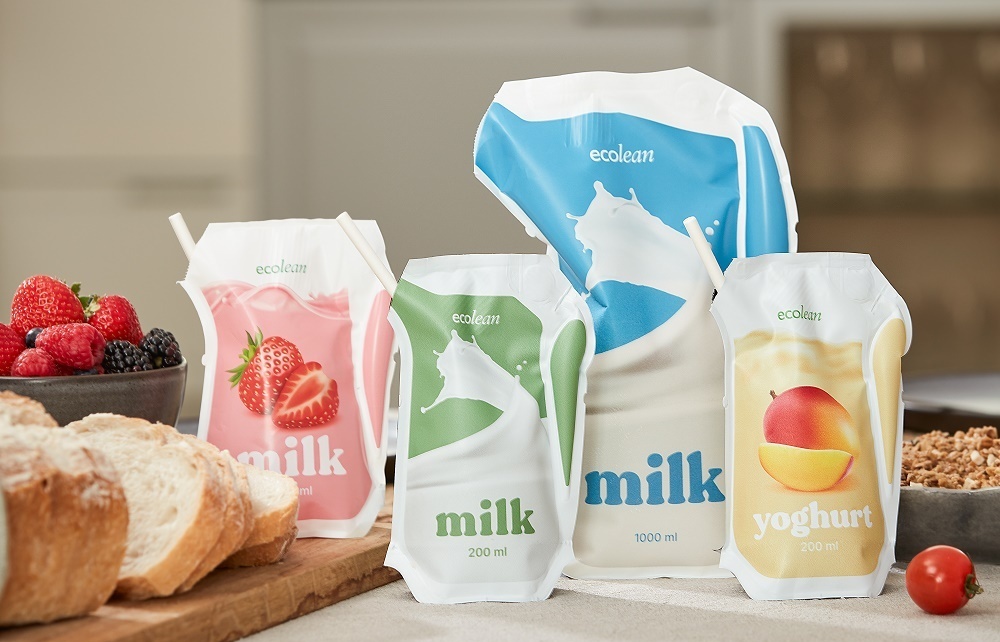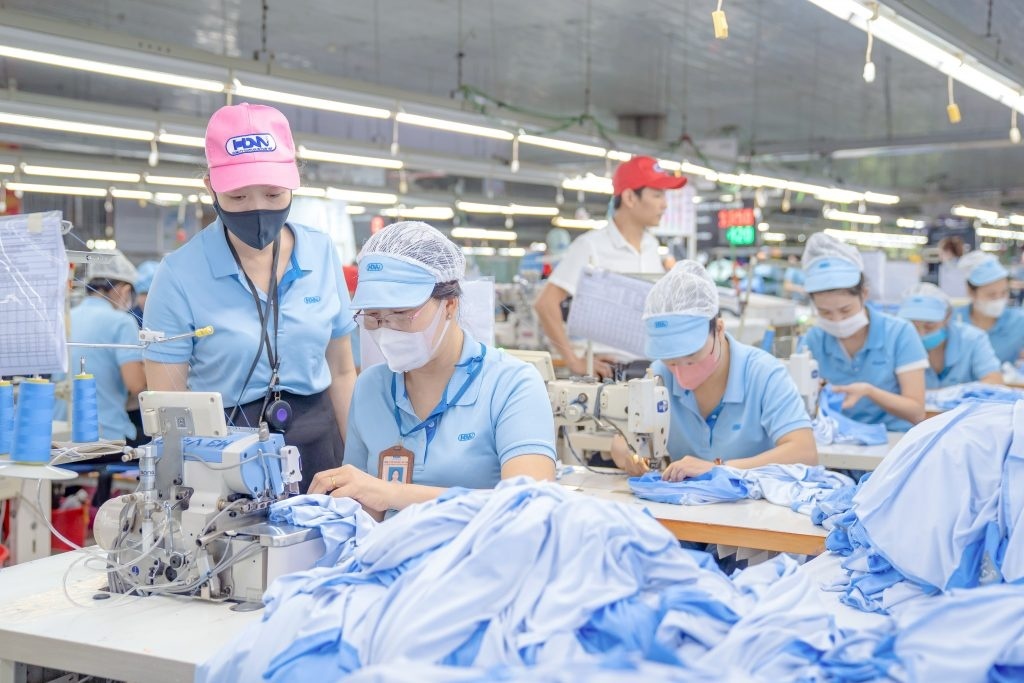6.7 per cent growth rate projected by World Bank
 |
| Sebastian Eckardt |
In 2017, Vietnam experienced another great year of strong economic growth and broad macro-economic stability, and we expect the former to go up to 6.7 per cent this year.
The driving forces behind last year’s successes were higher domestic demand, robust export-oriented manufacturing, and a gradual recovery of the agriculture sector. Low inflation and rising real wages helped sustain buoyant domestic demand and private consumption, while a stronger global economy benefited the country’s export-oriented manufacturing and agricultural sectors.
Vietnam’s export performance continues to stand out – up 21 per cent in the first 10 months of last year – making Vietnam one of the world’s fastest-growing export economies. Robust growth was accompanied by sustained macro-economic stability, relatively stable exchange rates, a balance of payment surplus, and an improved fiscal position.
Job growth continued, with 1.6 million new jobs added in the manufacturing sector over the past three years, and 700,000 additional jobs in construction, retail, and hospitality sectors, in turn leading to higher aggregate labour productivity. Labour demand also contributed to rapid growth in wages, with average wage estimated to have increased by about 8 per cent in 2017.
Regardless, there are a number of underlying challenges. Most importantly, while showing some tentative signs of recovery, productivity growth remains tepid, weighing on Vietnam’s medium-term growth potential, especially given weaker labour force and investment growth. The domestic sector in particular is lagging behind the strong performance of the foreign direct investment (FDI) sector, and linkages between domestic and FDI firms are relatively weak. Fiscal risks also remain pronounced, in particular with regard to the quality and pace of fiscal consolidation, which could undermine investment in infrastructure and human capital needed for future growth.
Despite progress, notably the adoption of Resolution 42 and amendments to the Law on Credit Institutions, there are also some remaining vulnerabilities in the banking sector, including a still sizable stock of unresolved non-performing loans and relatively thick capital buffers at various banks. These vulnerabilities call for continued action, which should take place now while times are good.
Overall, the outlook for Vietnam is favourable, especially if the current global recovery continues and domestic reform progress persists. We project growth to stabilise at around 6.5 per cent, accompanied by broad macro-economic stability. This favourable environment provides an opportunity for accelerating and deepening ambitious policies that will raise economic resilience and support growth in the future.
Macro-economic resilience could be strengthened by more exchange rate flexibility, a further build-up of foreign reserves, fiscal consolidation, and responsive monetary and macro-prudential policies that moderate credit expansion and bolster capital buffers in the banking sector.
On the fiscal front, there continues to be a need for deeper revenue and expenditure reforms that lead to real efficiency gains, including broadening tax bases and strengthening tax administration, right-sizing the public administration, and getting higher value for money in public investment and procurement of goods and services. Steps to solidify macroeconomic stability need to be accompanied with progress on structural reforms to lift productivity and potential growth, with steps to reform the state-owned enterprise sector, improve the regulatory environment, and enhance factor markets, including those for land and capital.
What the stars mean:
★ Poor ★ ★ Promising ★★★ Good ★★★★ Very good ★★★★★ Exceptional
Latest News
More News
- Banks join forces to support infrastructure and technology investments (April 11, 2025 | 13:31)
- Top leader of China to pay state visit to Vietnam (April 11, 2025 | 12:28)
- Carbon market emerges as catalyst for business competitiveness (April 10, 2025 | 18:17)
- Marvell Group expands cooperation in human resource training for semiconductor industry (April 10, 2025 | 17:47)
- New tariff pressures spark structural shift in Vietnam’s timber sector (April 10, 2025 | 16:52)
- AmCham encouraged by postponement of US tariffs (April 10, 2025 | 11:00)
- Advancing STEM education: developing human resources for high-tech industries (April 10, 2025 | 10:06)
- Vietnam accounts for 0.2 per cent of global high-net-worth individuals (April 09, 2025 | 16:49)
- Vietnam beats trade targets in Q1, but faces US tariff risk (April 09, 2025 | 16:32)
- Vietnam launches FTA Index to boost local trade performance (April 09, 2025 | 15:58)















 Mobile Version
Mobile Version